 Perma-Chink Systems, Inc
Log & Timber Home Care Experts
Perma-Chink Systems, Inc
Log & Timber Home Care Experts
Do you wonder about how to seal those drafts in your home? Or how to stop some bugs from continually getting inside?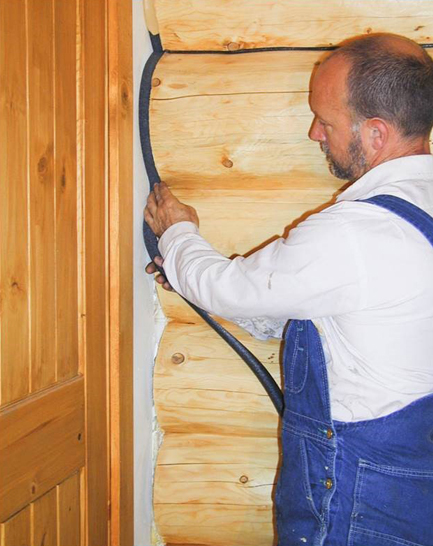
It very well could be a break in the interior seal of your home. Perma-Chink Systems’ sealants are not exclusively for exterior work, and you can benefit from properly sealing the interior of your log or timber home. Fully sealing the interior of your home with Perma-Chink will also prevent energy waste from escaping heat in the winter and cool air in the summer.
Wayne Bell
Log Home Care Online
Have you ever wished that you could live in a log home but you're stuck living in conventional housing? If so, join the growing number of people tackling home improvement projects to create a space that has the "feel" of log home living within the limitations of your current home.
Lifeline Interior™ is a natural looking, transparent wood finish. It forms a breathable, protective layer for your walls and ceilings while highlighting the beauty and grain of the wood. Our unique breathable formula allows natural wood moisture to escape from the wood, yet provides a tough film surface that can easily be cleaned and dusted, especially when top coated with our Lifeline Acrylic Gloss or Satin clear finish.
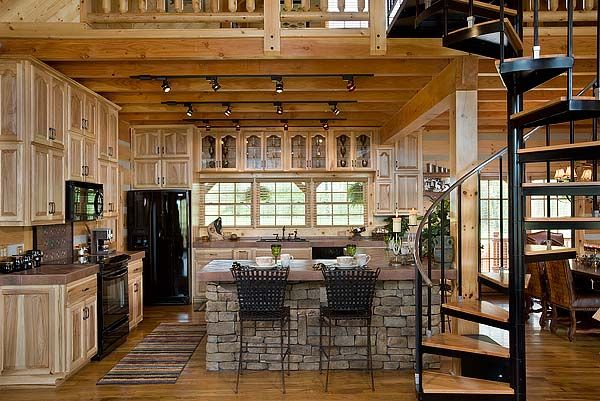 |
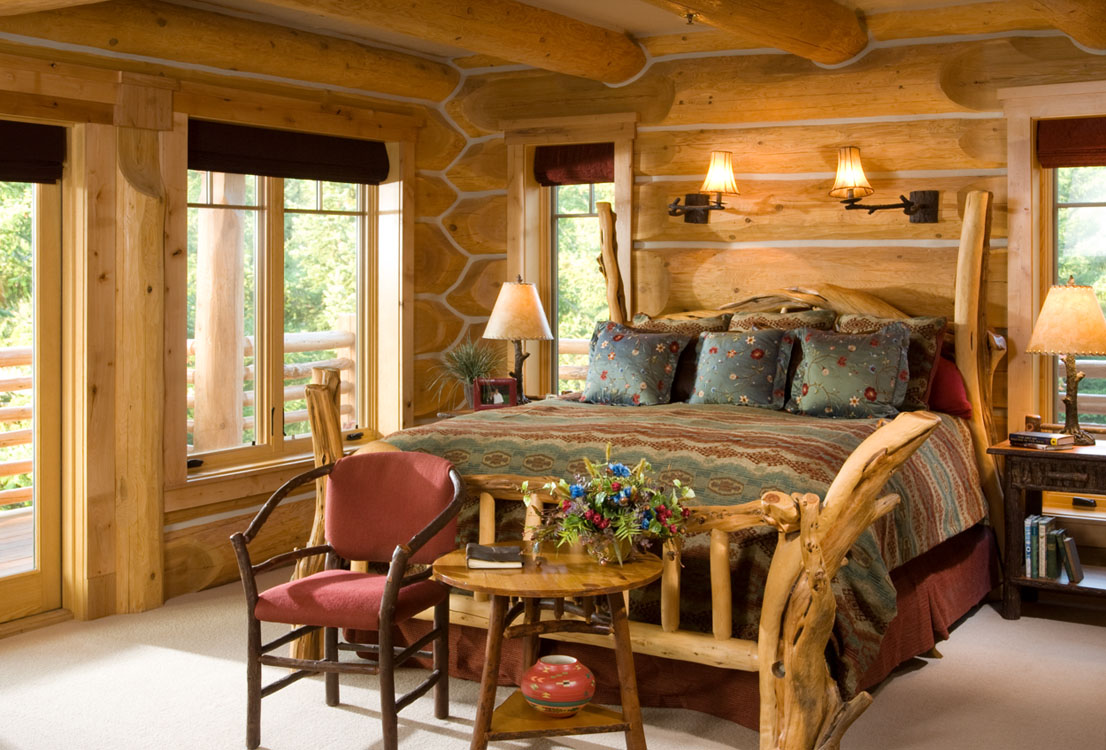 |
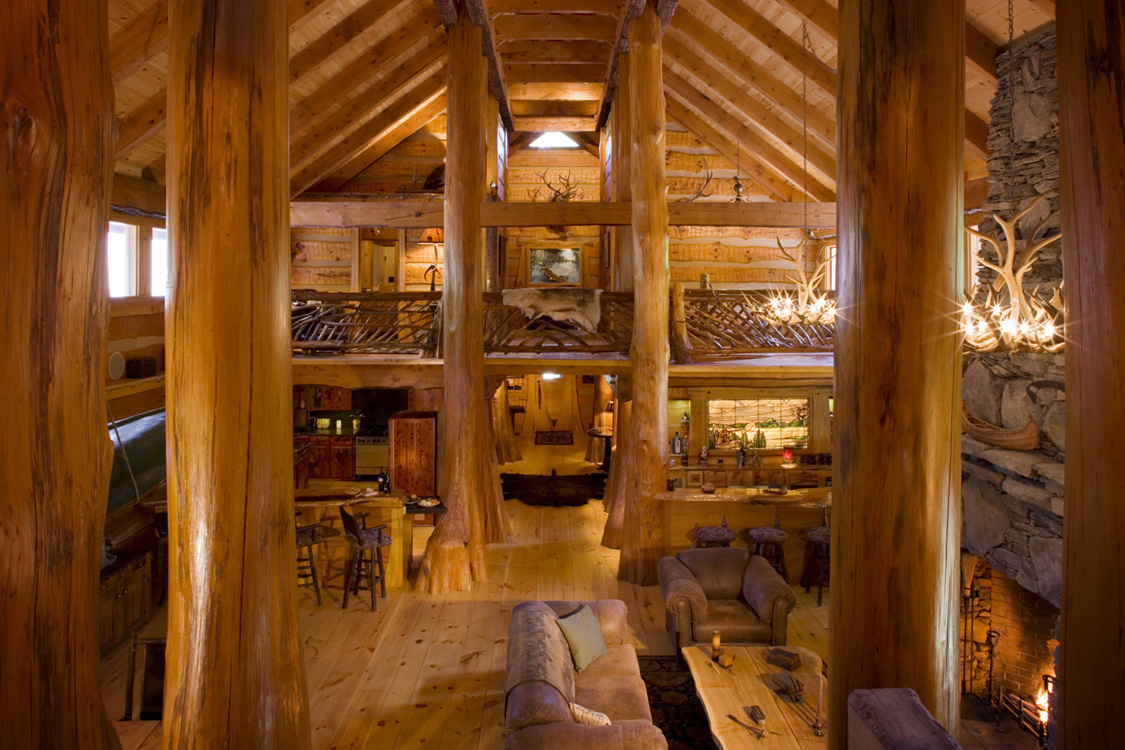
Sometimes we just want something unique; something that expresses our distinctive style. As you look through the standard Lifeline Interior™ or Lifeline Accents™ colors, it may instinctively appear that there are limitations to the interior color options. Fortunately, there are copious possibilities for you, so let’s get creative and have some fun while discovering your perfect color!
Because the interior of your home does not receive the environmental exposure the exterior does, it affords more flexibility for color creativity. You can use one or more color coats, depending upon what you like. Additionally, you can expand your color ingenuity by incorporating Prelude™ (one of our best kept interior secrets).
 |
| Order FREE Samples! |
John Ricketson
Project Manager - Hearthstone, Inc.
www.hearthstonegeorgia.com
At every trade show, I get asked the same question: How long does Perma-Chink last? My answer has always been "I don't know, we've only been using it for 37 years"[ed. note - as of 2019]. I built my log home in 1988 and used Tan Perma-Chink with Dark Honey Lifeline EX stain because I wanted a combination that was not too much of a contrast and the results were exactly what I had intended. The home has weathered and aged over the 32 years and I have re-stained it a couple of times, the last time being 8 years ago. The East side and North side required very little maintenance then, just a light cleaning with Log Wash and a renewal coat of Lifeline Advance. The South and West sides required a little more effort after cleaning due to exposure to weather and the sun. A refresher coat of Lifeline EX and Lifeline Advance Satin on the logs, gable end siding, and roof fascia got it to looking like new again.
A simple comparison of the cost of a gallon of wood stain is a mistake because all stains differ in their lifespan, coverage rate and quality of appearance and protection
Whether you’re currently building your dream log home or simply checking off tasks on your annual home-maintenance “to do” list, we’re always looking for ways to skimp on expenses around the house.
But when it comes to putting your best foot forward with a beautifully stained home that’s also protected from the exterior elements, you might want to think twice before being lured in by the lower price tag of a middle-of-the-road finishing product.
Think about it
 Most people are accustomed to spring cleaning, but if you are a home owner, you know that your house needs attention year-round. Fall maintenance is much like spring house-cleaning, but more preventative and less “cleaning.” And it’s much easier to do it now rather than wait until the weather turns nasty.
Most people are accustomed to spring cleaning, but if you are a home owner, you know that your house needs attention year-round. Fall maintenance is much like spring house-cleaning, but more preventative and less “cleaning.” And it’s much easier to do it now rather than wait until the weather turns nasty.
Suches, GA
Perma-Chink Customers Forever
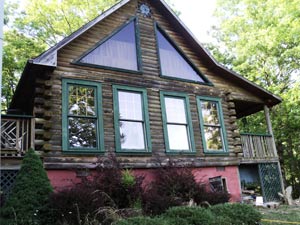 I’ll admit the hard truth. I neglected the exterior of our log cabin in the North Georgia mountains. For years. It was ugly, and we needed restoration.
I’ll admit the hard truth. I neglected the exterior of our log cabin in the North Georgia mountains. For years. It was ugly, and we needed restoration.
We had used Perma-Chink products on the interior of our new cabin back in 1999, with Sure Shine on our floors and the Lifeline Interior on our walls. They are holding up well and looking good after 16 years.
But the exterior was a mess from our neglect and from using an inferior product. We used the product recommended and provided by our log manufacturer. It shall remain nameless here because it was an oil-based jug of junk.
Perma-Chink's Technical Team has devoted a tremendous amount of time on projects to develop high quality products. These projects involved a significant amount of scientific testing that helped define our product portfolio with new and improved products.
Here are 4 things we have learned along the way:
1. The more sterile the log surface is prior to staining, the less chance there is for mold formation underneath the stain.
What exactly is “back-brushing” and why is it so important? Back-brushing is the term used to describe the process of working the finish into the wood and obtaining an intact, uniform film over the entire surface. Typically used when applying stain with an airless sprayer; however, back-brushing is just as important if the product is manually applied with a brush.